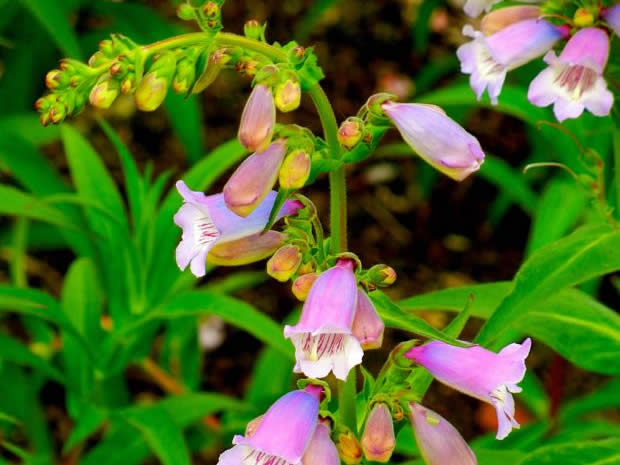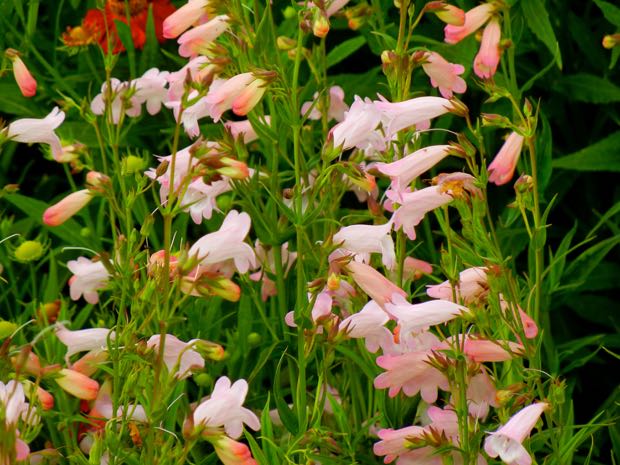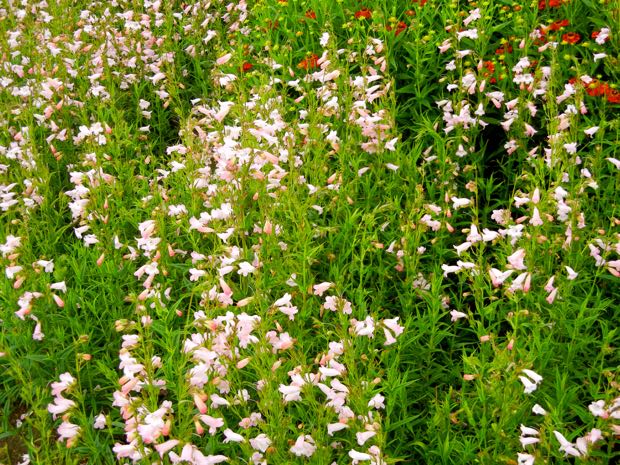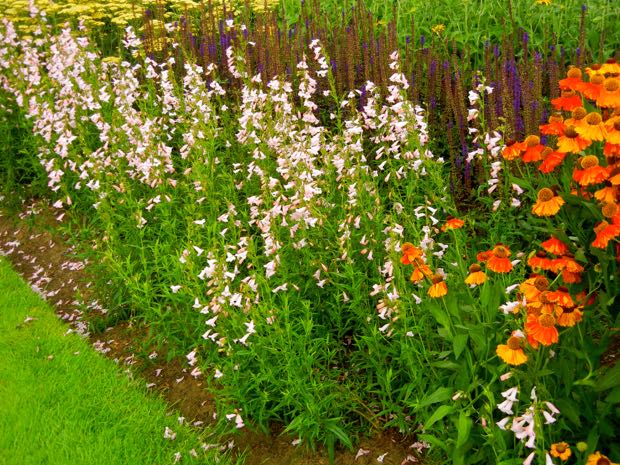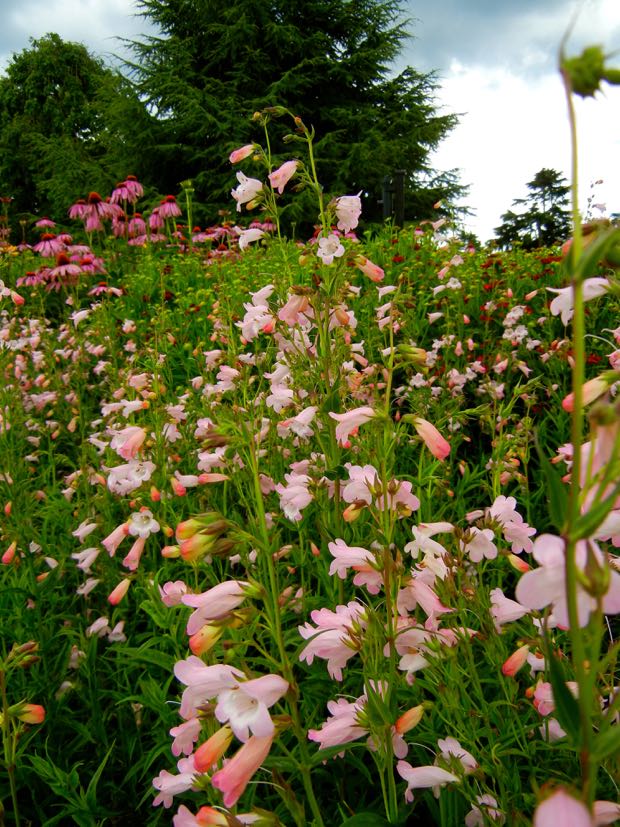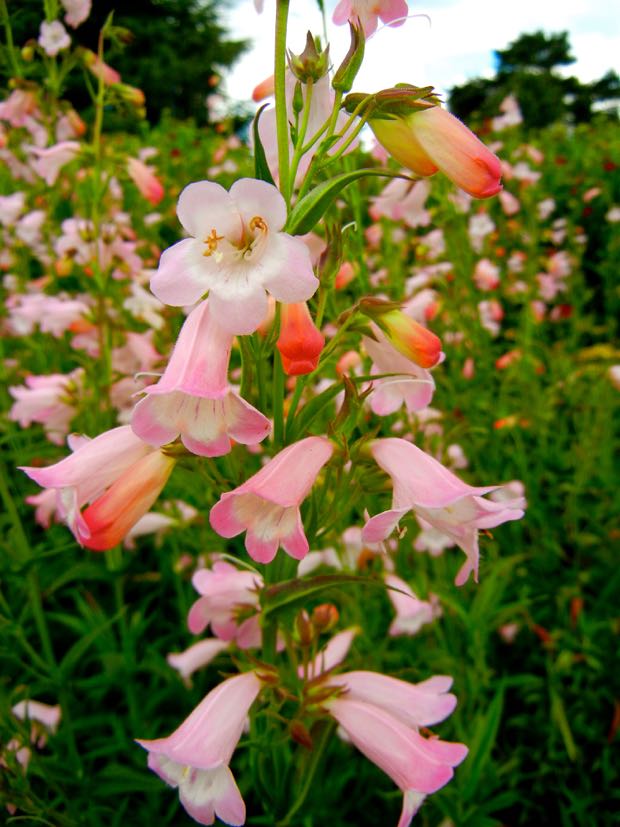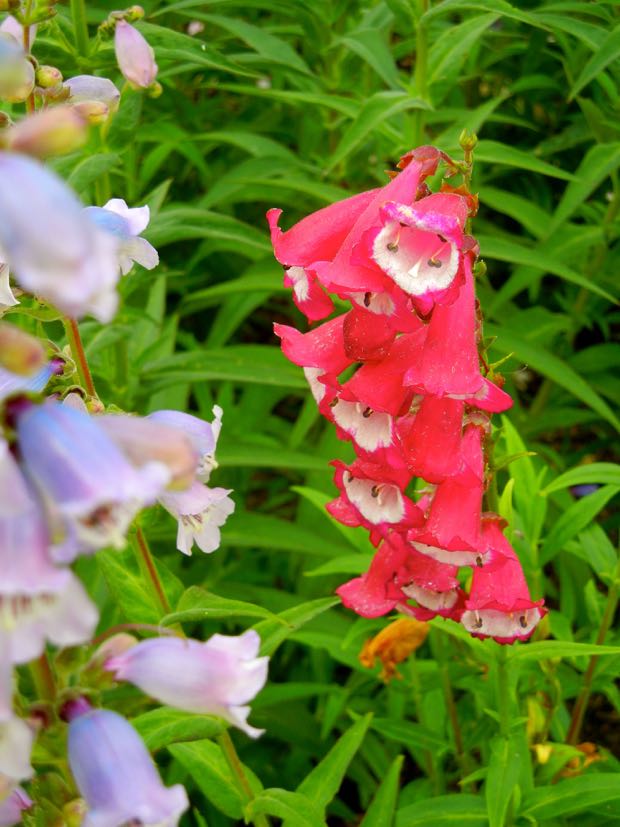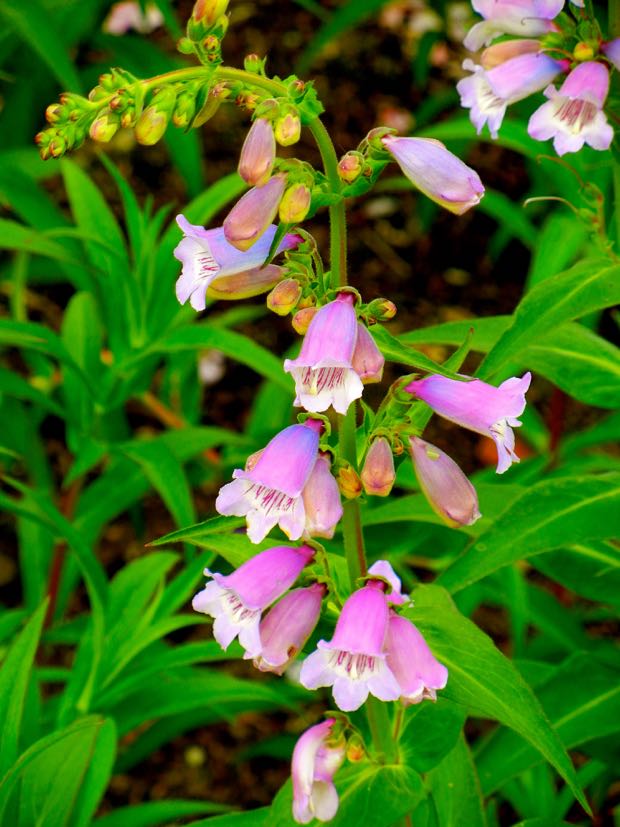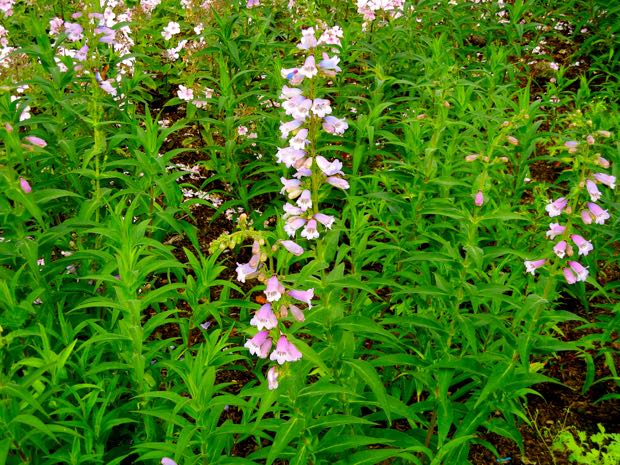Penstemon: A Colorful Perennial for Summer and Fall Blooms
Penstemon, also known as Beardtongues, is a stunning perennial plant that produces beautiful bell-shaped flowers during the summer and fall seasons. Belonging to the Plantaginaceae family, this plant is native to the Nearctic and North American regions. With a height of approximately 60cm, Penstemon comes in shades of purple and red, making it a vibrant addition to borders and garden beds. While Penstemon is hardy, it requires deep pruning in spring after the winter cold, as the old growth provides protection during the cold weather.
Characteristics and Color Variations
The botanical name “penstemon” derives from the five stamens found in each flower. These flowers have earned the common name “beardtongue” due to the hairy nature of one of the stamens. The plants produce tubular flowers in hues of red, pink, white, lavender, purple, or blue, arranged on upright panicles. Penstemons thrive in areas with excellent drainage and full sun exposure. They are an excellent choice for xeriscaping and are particularly attractive to butterflies and hummingbirds.
Most penstemons are herbaceous perennials, but there are hybrid strains available that are half-hardy and better suited for use as annual bedding plants.
Colors and Characteristics:
The most common flower colors include shades of blue, purple, pink, white, and red, often with distinctive veining and white throats. The leaves shape and color vary depending on the cultivar, ranging from oval, lance-shaped, to needlelike, and colors ranging from green or blue-green to deep purple. Penstemons are related to foxgloves and snapdragons, and this kinship is evident in their vertical flower spikes and flared, tubular blooms, which provide perfect feeding stations for hummingbirds.
Height, Bloom Time, and Length of Bloom:
The height of Penstemon plants can vary widely, with some species reaching under 10 inches tall, while others can grow up to 6 feet in height. They typically bloom from early to mid-summer, providing a vibrant display for approximately 3 to 4 weeks or even longer.
How to Grow Penstemon:
Light Preference and Soil Requirements: Penstemons prefer full sun to partial shade. Varieties with purple or reddish leaves exhibit the best foliage color when grown in direct sunlight. These plants thrive in well-drained, slightly alkaline soil. They can tolerate sandy or gravelly soils but are sensitive to poorly drained soils and excessive winter moisture. Planting them in raised beds or sloped areas can help ensure their survival in wet conditions. Avoid using soil amendments that retain moisture, such as peat moss and manure.
Watering Requirements: While not as drought-tolerant as cacti, many Penstemon species thrive in desert-like climates. The amount of water needed will depend on the water-holding capacity of the soil and the specific varieties chosen. If growing native species, they will rarely require supplemental watering once they are established. However, hybrids bred for garden conditions are not as drought-tolerant and may require watering during prolonged dry spells.
Pruning and Deadheading: Penstemons generally require minimal pruning. However, removing the stems after the flowering period can promote new foliage growth and potentially trigger a second flush of blooms. Deadheading spent flowers also helps prolong the flowering period. It is advisable to leave a few seed heads on the stalks toward the end of the season to allow for natural reseeding.
Pests and Diseases:
While there are no serious threats to Penstemons, it’s important to be vigilant for potential issues. Root rot may occur in poorly draining soils, and common fungal diseases such as leaf spots, rust, powdery mildew, and Southern blight can affect the plants. Penstemons may also be susceptible to damage from slugs, snails, and spider mites.
Drought and Heat Tolerance: Penstemons exhibit good drought tolerance, although they are not as resilient as cacti. Many species can thrive in desert-like climates. They have adapted mechanisms to withstand periods of dryness but can still benefit from occasional watering during prolonged droughts.
Deer and Rabbit Resistance: Penstemons are generally resistant to browsing by deer and rabbits, making them a reliable choice for gardens where these animals are present. Their natural defenses, such as hairy leaves and unpalatable foliage, help deter herbivores from feeding on them.
Pruning and Deadheading: Penstemons generally require minimal pruning. However, removing the stems after the flowering period can promote new foliage growth and potentially trigger a second flush of blooms. Deadheading spent flowers also helps prolong the flowering period. It is advisable to leave a few seed heads on the stalks toward the end of the season to allow for natural reseeding.
Propagation and Growth Requirements of Penstemon:
Propagating: Penstemons are often short-lived plants and may require replenishment after a few seasons. Propagation can be achieved by taking softwood cuttings of nonflowering shoots in mid to late summer or by dividing established plants in late winter or early spring. Some species of Penstemon also readily self-sow.
Growing from Seed: Many Penstemon varieties can be easily grown from seed. To ensure successful germination, it is recommended to sow the seeds outdoors in the fall or early winter, allowing them to undergo a natural stratification process. Plant the seeds at a depth of ¼ to ½ inch and keep the soil moist after planting to facilitate stratification. It generally takes about a year or two before seed-grown plants begin to bloom.
Drought and Heat Tolerance: Penstemons exhibit good drought tolerance, although they are not as resilient as cacti. Many species can thrive in desert-like climates. They have adapted mechanisms to withstand periods of dryness but can still benefit from occasional watering during prolonged droughts.
Deer and Rabbit Resistance: Penstemons are generally resistant to browsing by deer and rabbits, making them a reliable choice for gardens where these animals are present. Their natural defenses, such as hairy leaves and unpalatable foliage, help deter herbivores from feeding on them.
Also, read about:
Penstemon ‘Pensham Czar‘
Penstemon ‘Schoenhozieri‘

